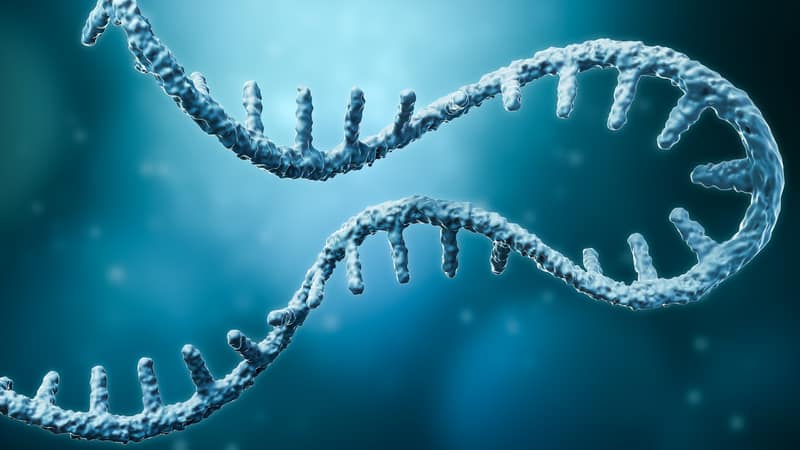Genetic cancer testing has progressed rapidly in recent years, with a variety of tests now available and each capable of spotting specific gene mutations linked to certain types of cancer.
The holy grail of cancer diagnostics, however, is the elusive single test that can analyze a patient’s genetic makeup and spot any form of cancer, all in one fell swoop—and a group of researchers from the Netherlands’ Princess Máxima Center for Pediatric Oncology believe they may have cracked part of the code.
In a study published this month in the journal JCO Precision Oncology, the scientists described the success they had in using broad RNA analyses to classify pediatric patients’ cancers, a method that they said far outstripped the diagnostic abilities of the standard slate of genetic tests.
The research team sequenced all available RNA in tissue samples taken from tumors found in 244 children at the cancer center between late 2018 and mid-2019. In the analyses, they looked specifically for fusion genes, which are formed when two separate genes join together into a single mutated gene, a common occurrence in many types of cancer that can indicate not only the exact type of cancer, but also how aggressive it is and how it will react to certain therapies.
While traditional genetic diagnostics were able to spot 55 specific fusion genes in the samples, RNA testing found those plus 23 others, an improvement of over 40% compared to the standard tests. Additionally, even in the 55 fusion mutations detected by the standard method, in some cases it could only identify one of the two genes, but both are often necessary for determining diagnosis and treatment options.
In the case of about one-third of the additional 23 mutations spotted by the RNA analysis, no genetic test currently exists. The remaining fusion genes went undetected either for technical reasons or because the relevant test wasn’t thought to be associated with a known tumor type, the researchers said.
“RNA sequencing was already used before, but only in children who were very ill, and for whom standard treatment had stopped working,” said Bastiaan Tops, Ph.D., head of the center’s diagnostic lab and co-leader of the study. “Because we can look at the full genetic landscape of a child’s tumor at diagnosis, we can discuss possible consequences for treatment with the child’s doctor right away. That means we can offer children with cancer the very best opportunities, based on the latest scientific insights.”
Those findings exclusive to the RNA sequencing helped lead physicians to more accurate diagnoses and additional treatment options. In one case, for example, the RNA analysis found that a one-year-old’s brain tumor was a hemispheric glioma, rather than a much more aggressive glioblastoma, and would therefore react better to a precision therapy than to standard glioblastoma treatments.
The medical center said the RNA approach has been used for every Dutch child suspected of having cancer since its research facility opened in 2018 and that its type-specific genetic tests are gradually being phased out in favor of the broad RNA analyses. In just the last six months alone, it said, seven of its pediatric patients have received either improved diagnoses or new treatments based on the findings of their RNA sequencing.

